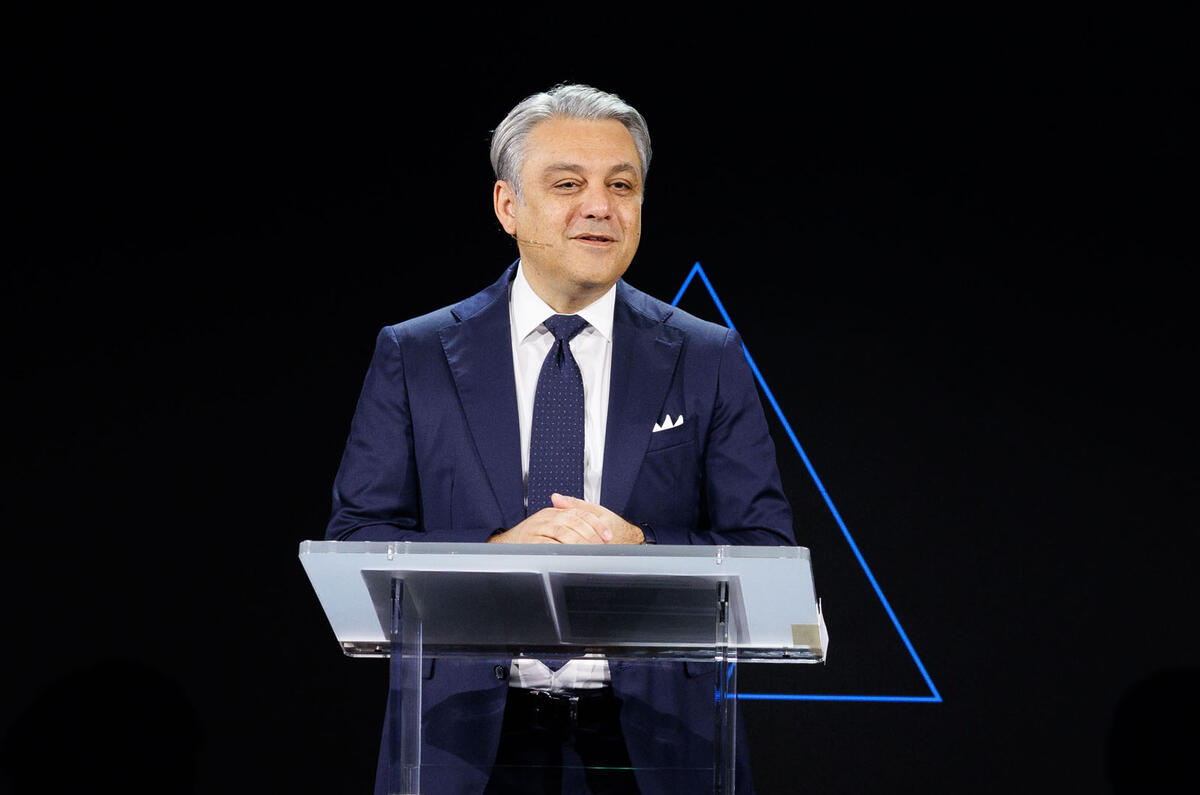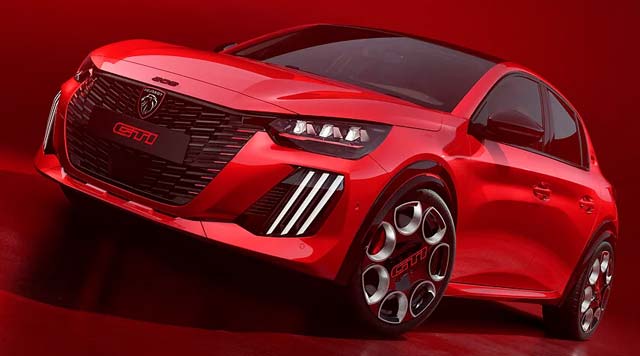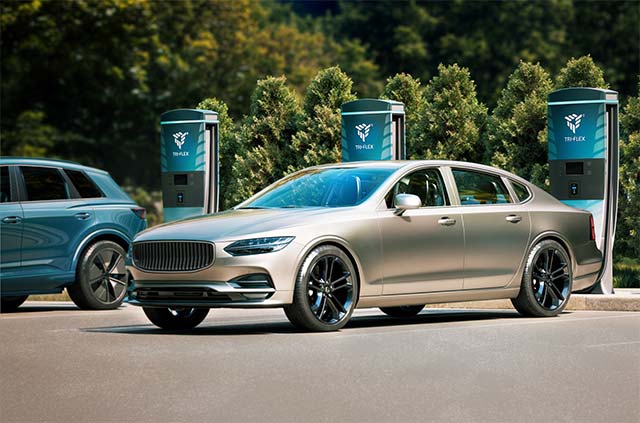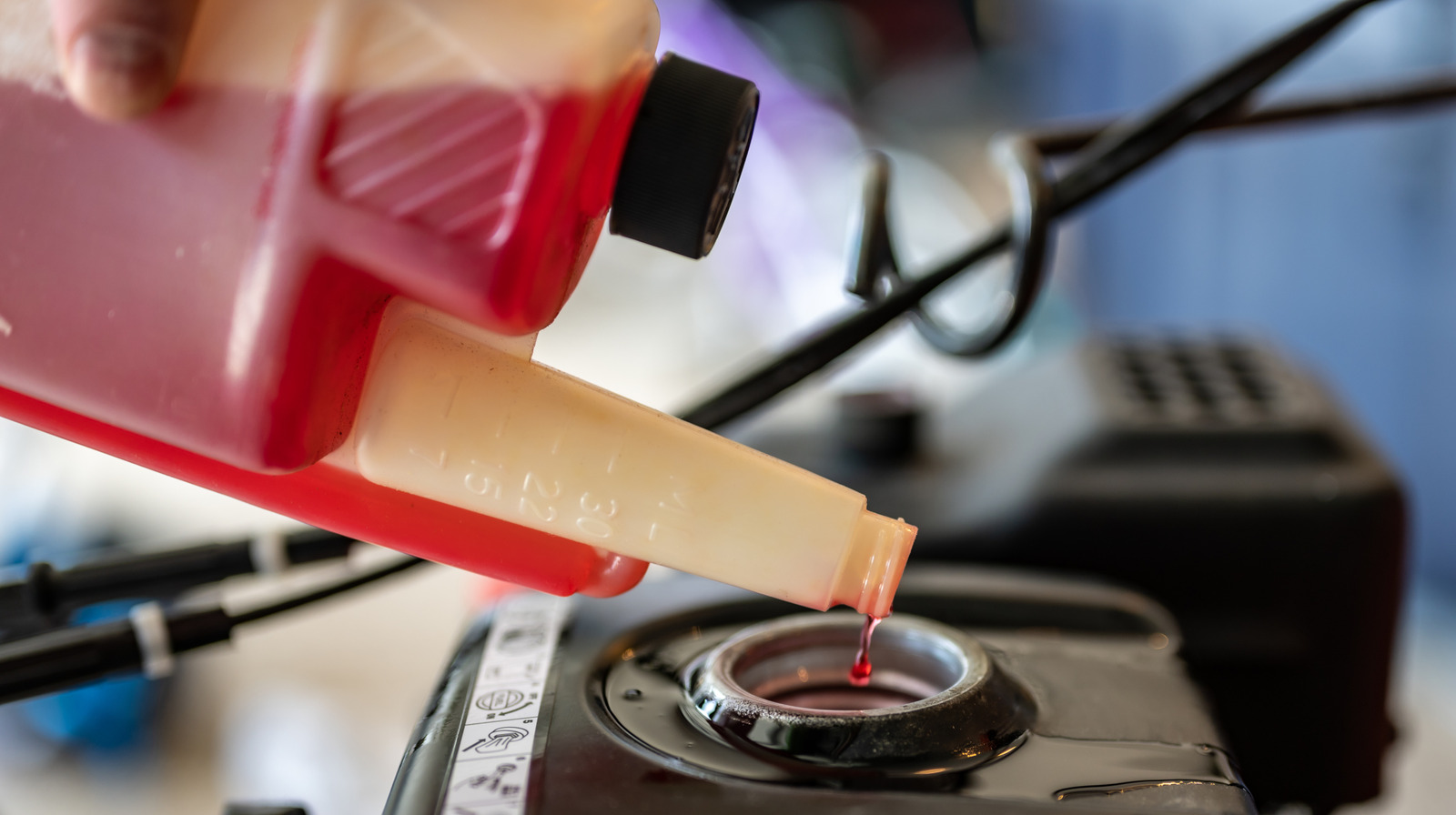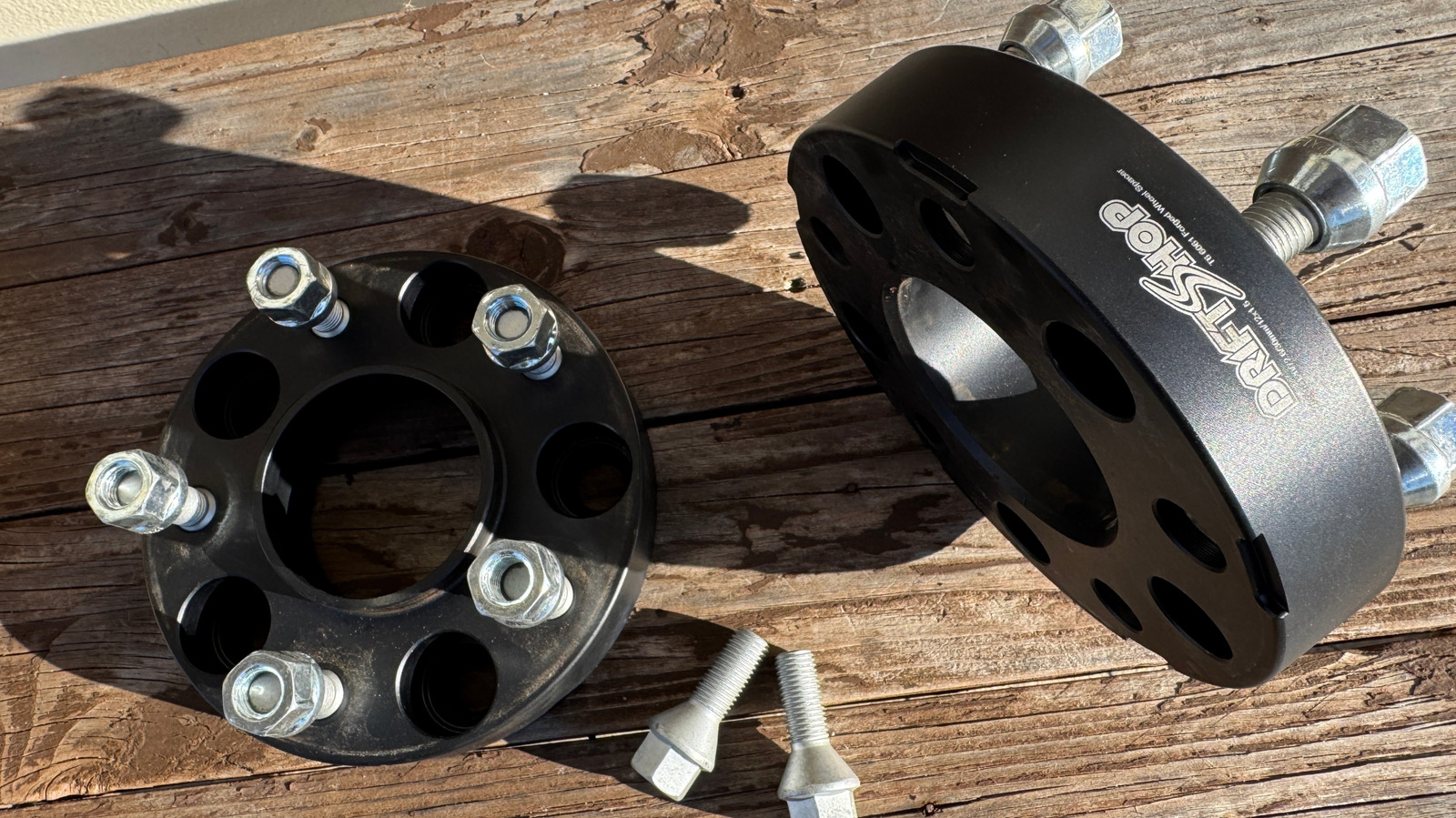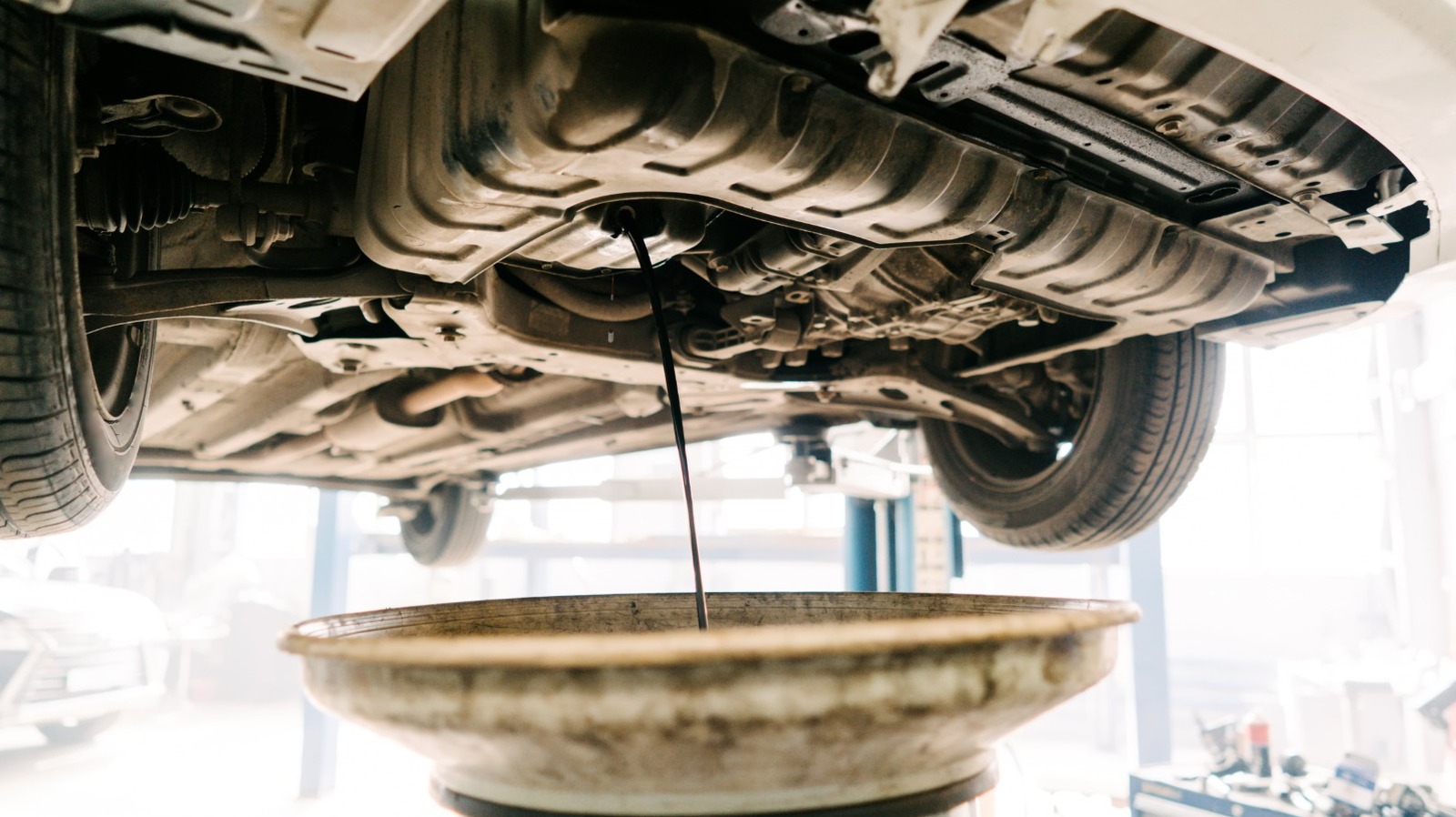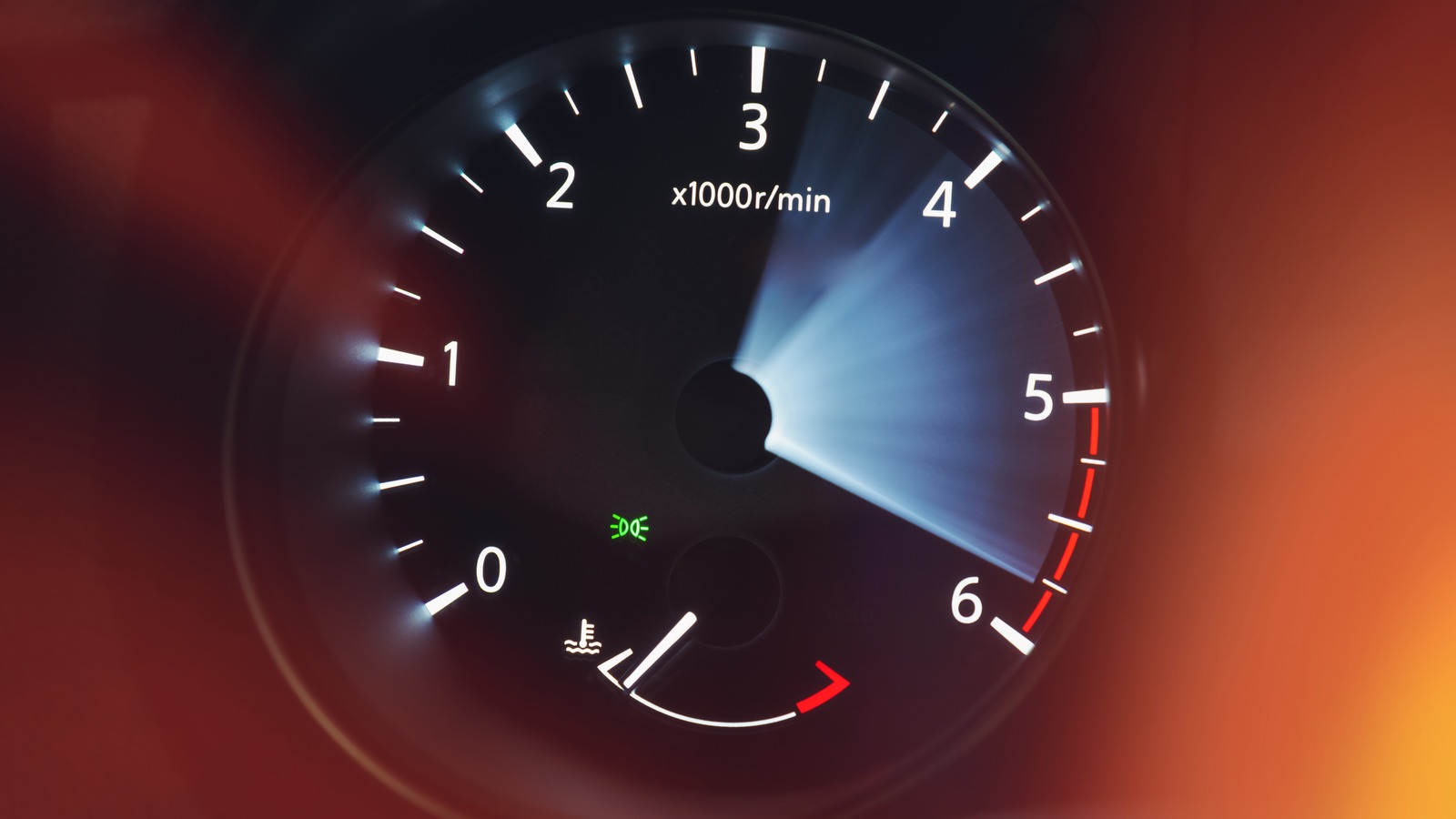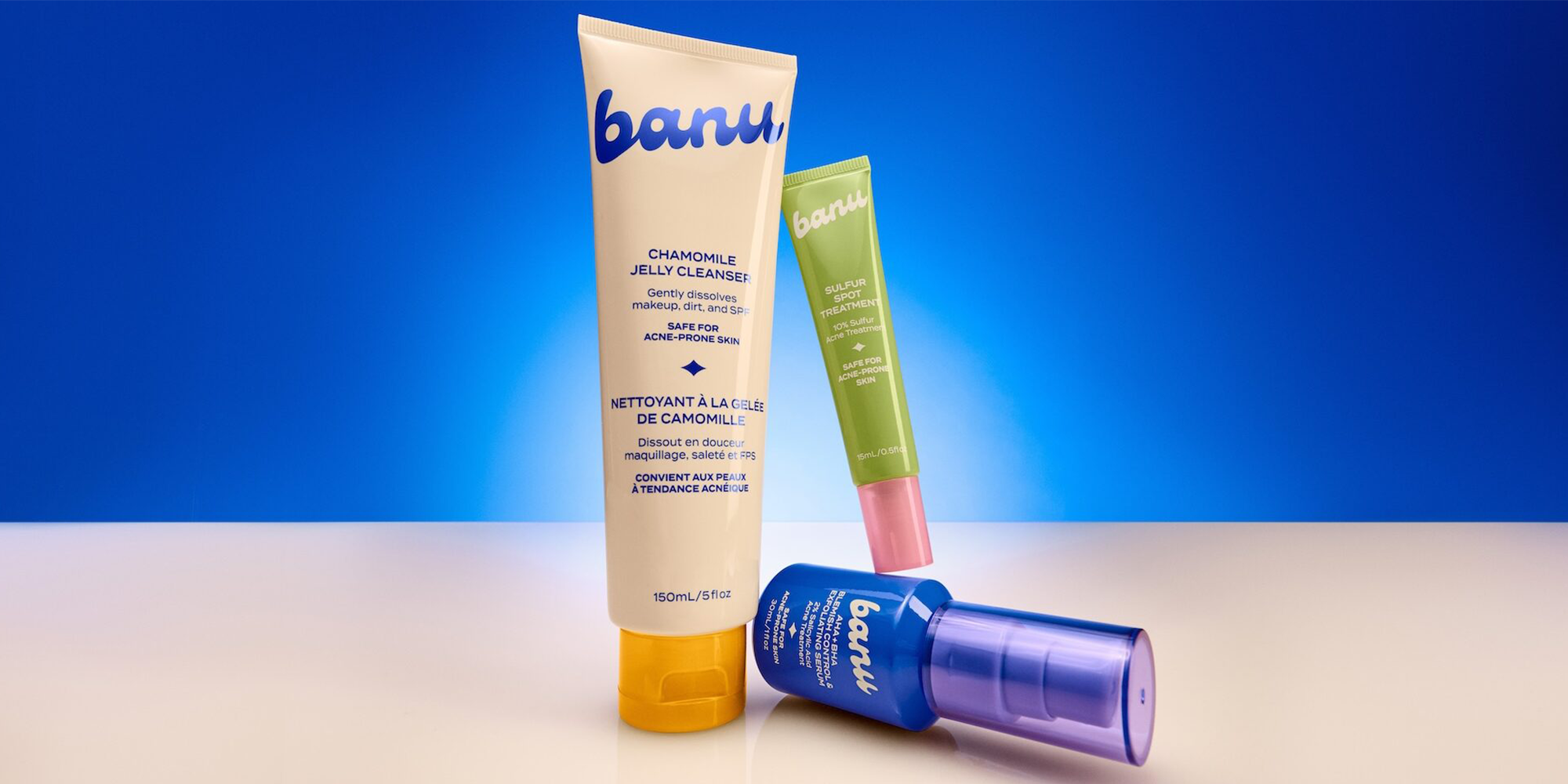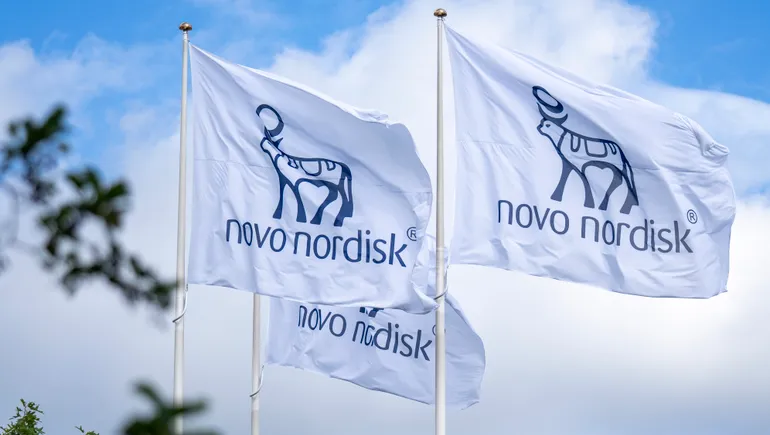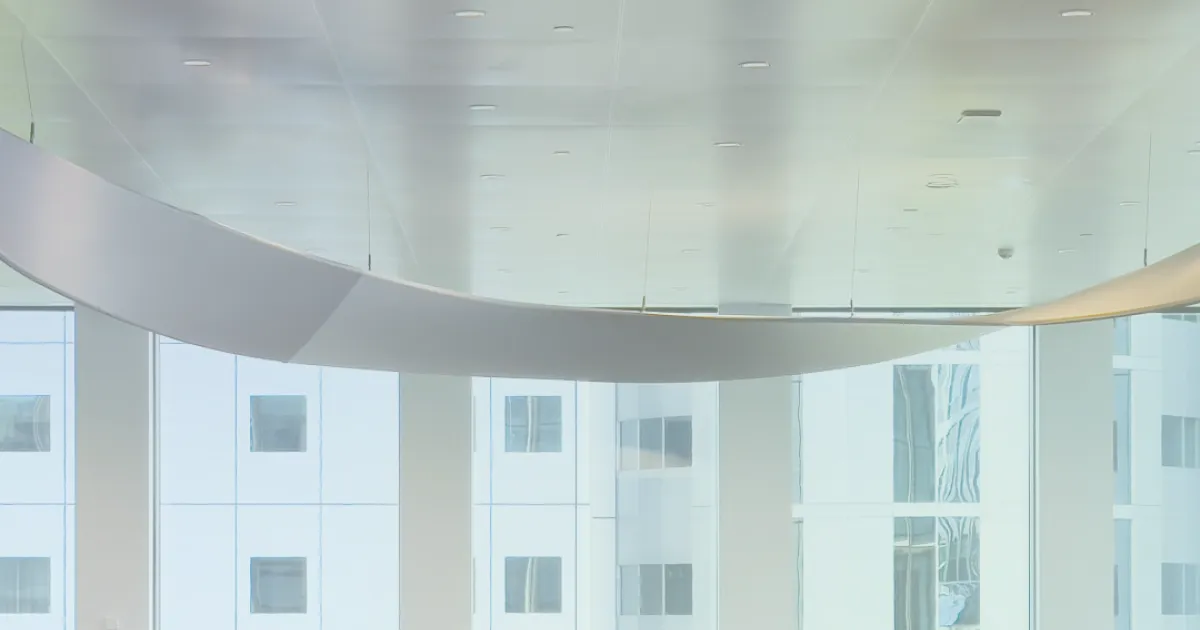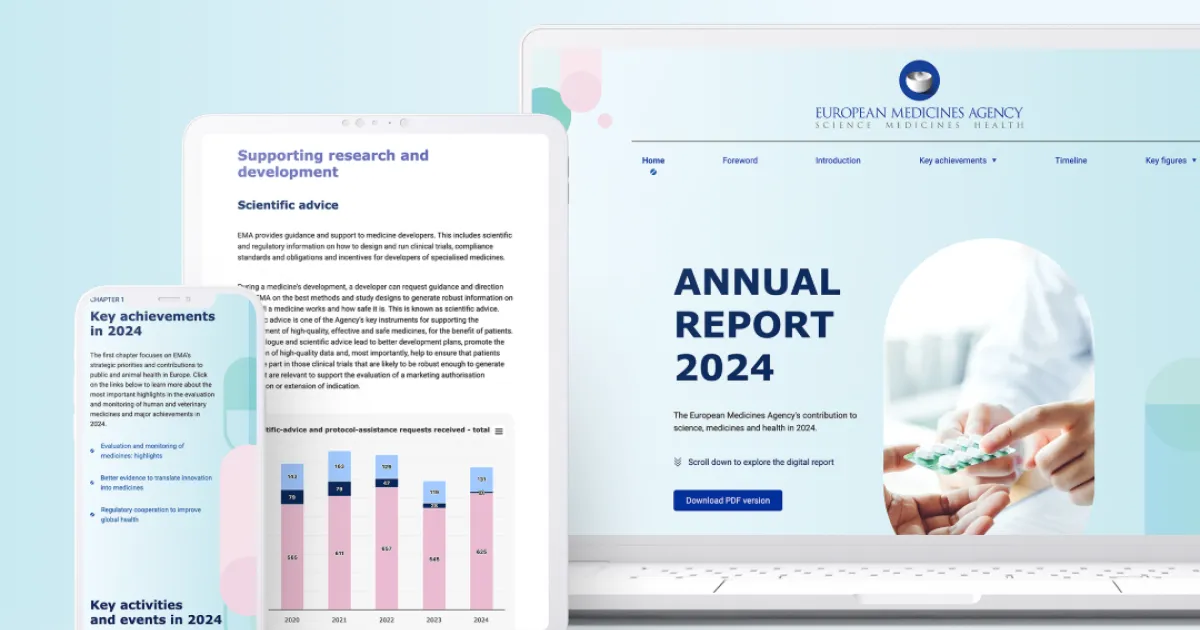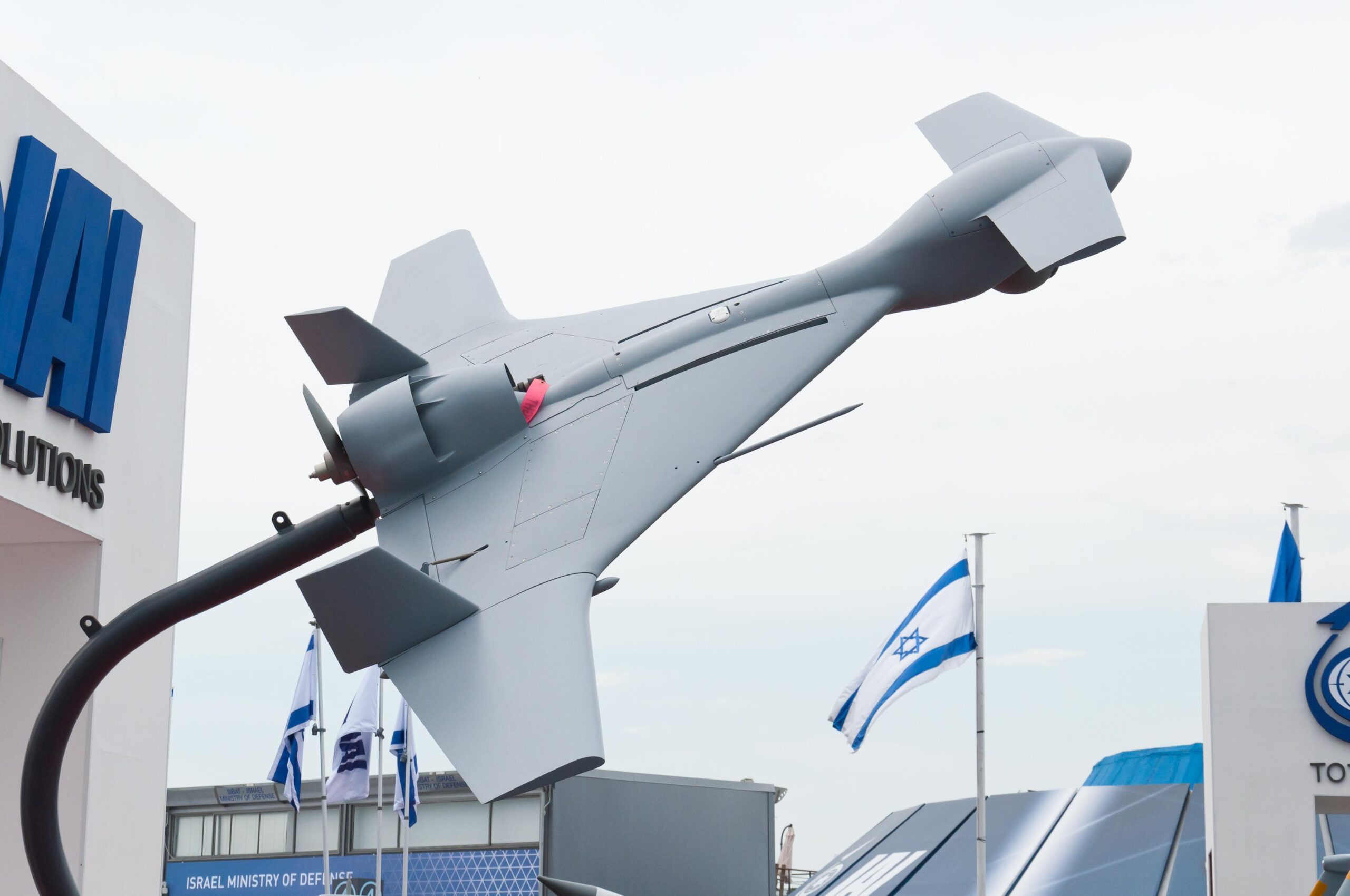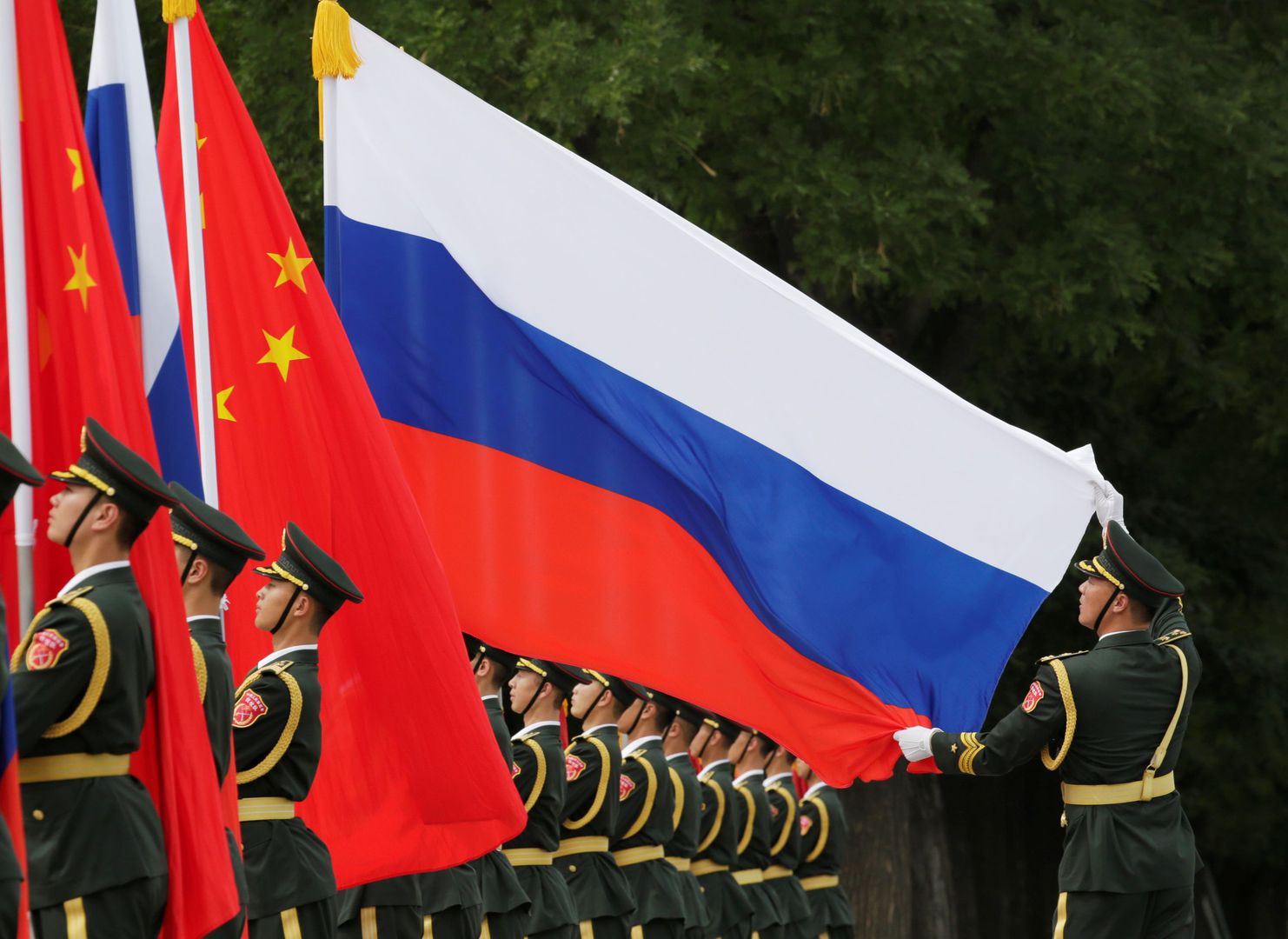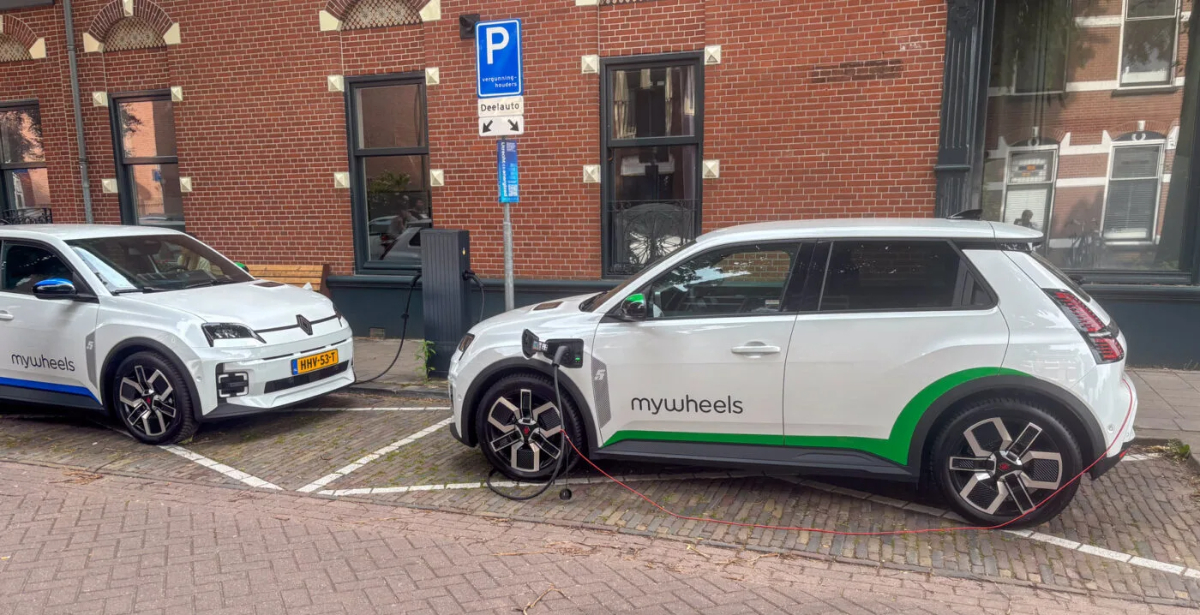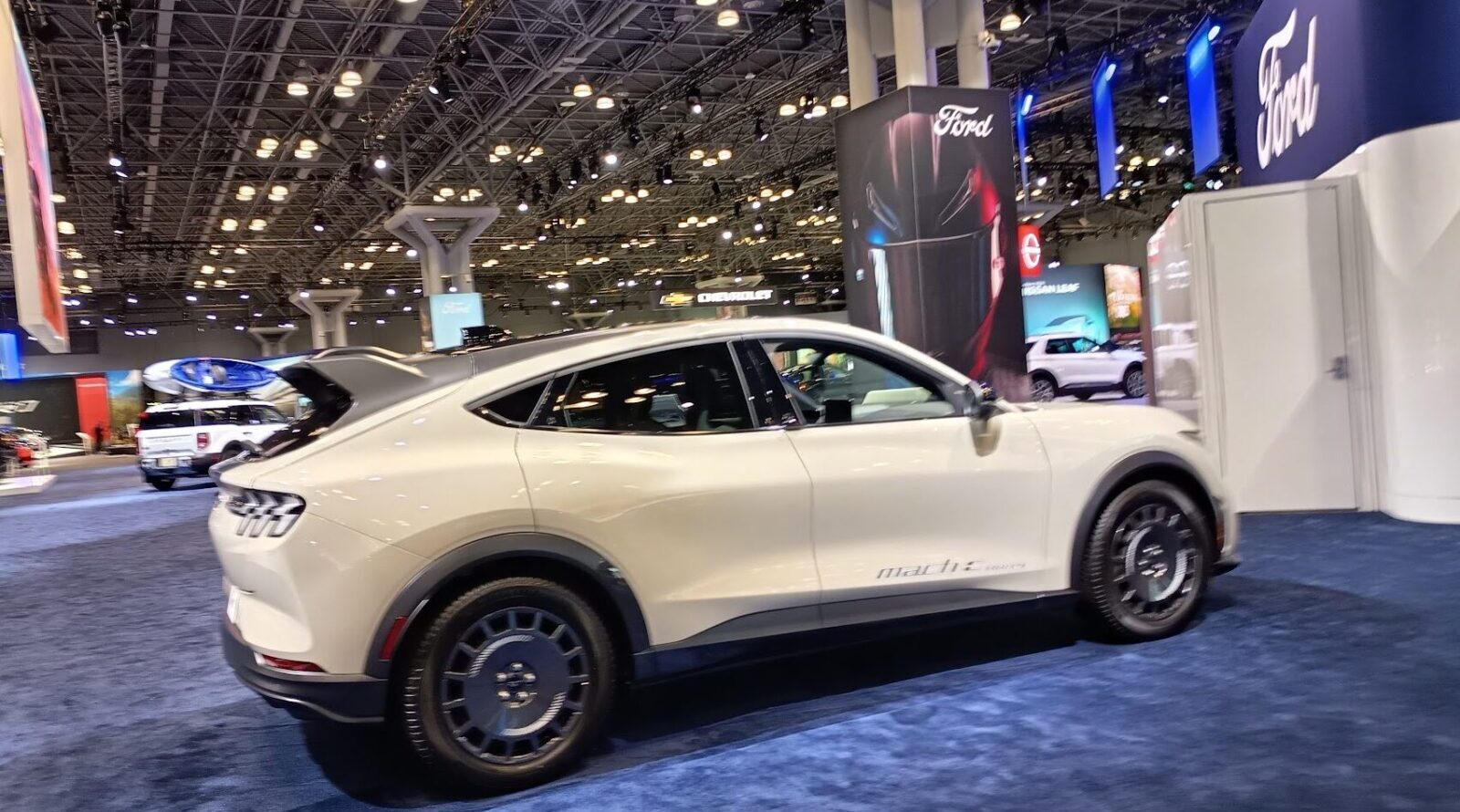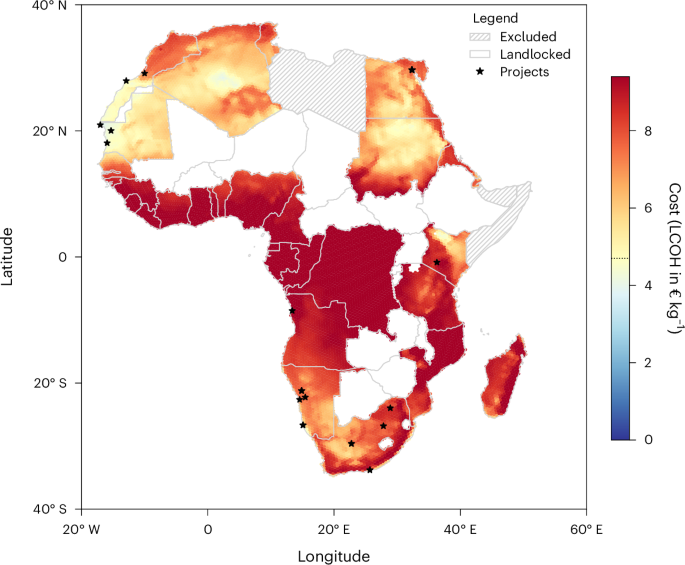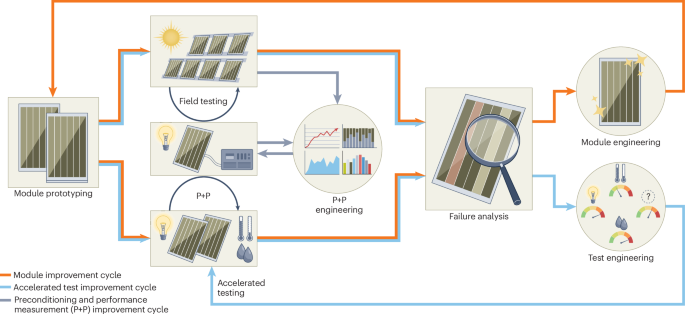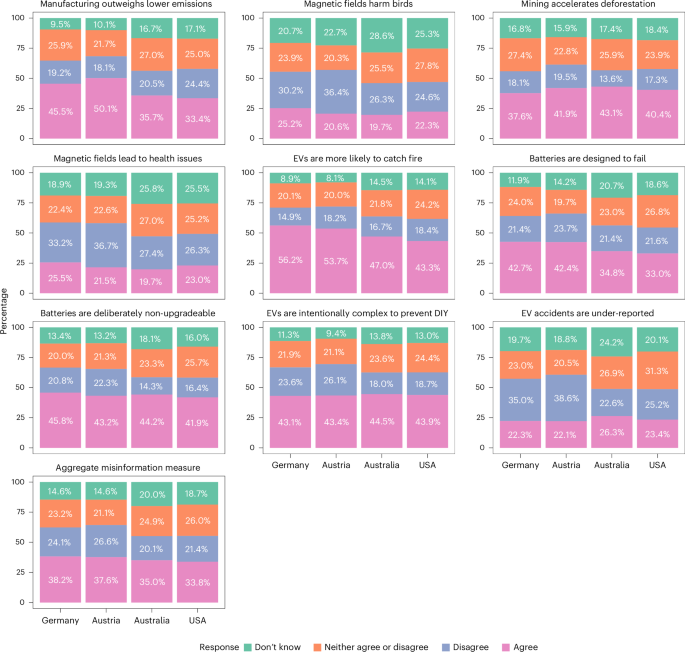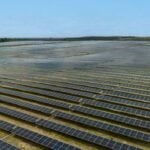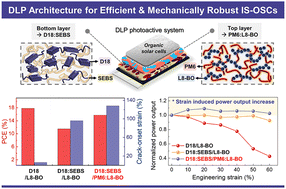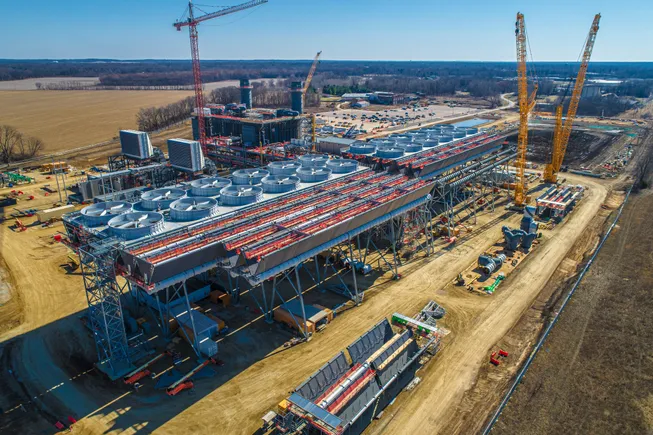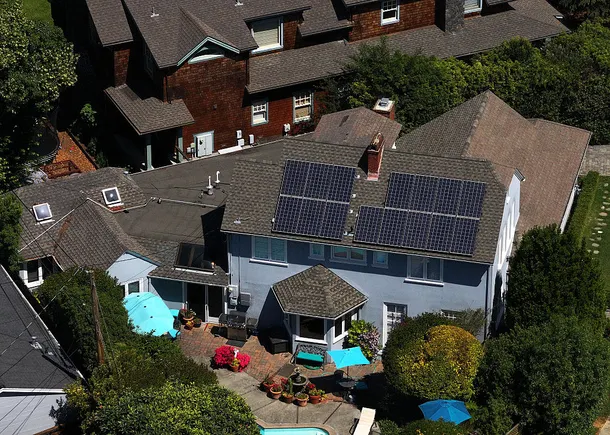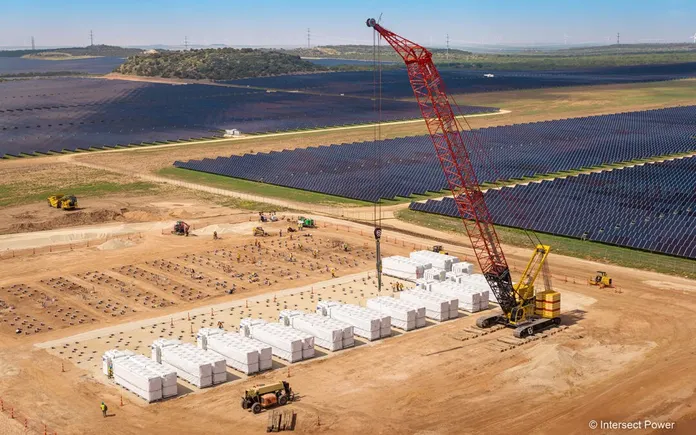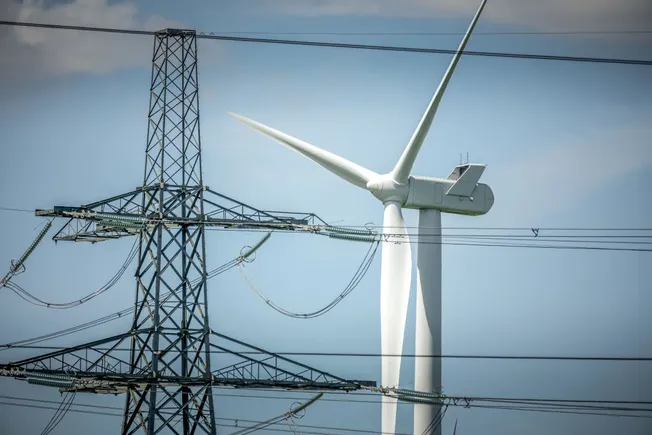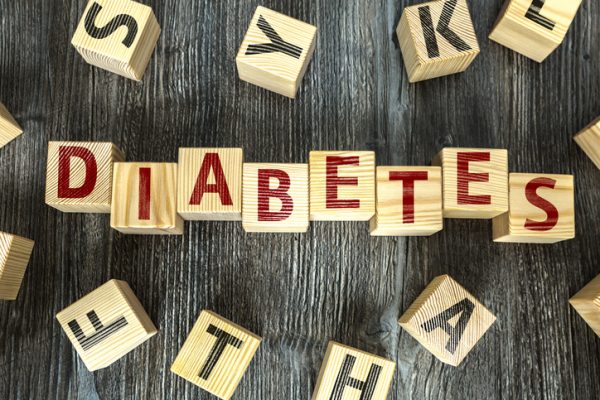Extracellular Matrix‐Mediated Crosslinking of Adhesive Hyaluronic Acid Patch for Treating Volumetric Muscle Injury
Advanced Healthcare Materials, EarlyView.

This study reports a novel strategy for preparing a biocompatible adhesive hydrogel crosslinked with a muscle tissue-derived extracellular matrix (MEM) for in situ muscle regeneration. As a natural crosslinker, MEM not only mediates combinatorial polymer networks but also stimulates satellite cells to induce a cell-free therapeutic solution. The patch-type hydrogel further indicates the translational progression of muscular injuries.
Abstract
The treatment of volumetric muscle loss (VML) is challenging owing to the deficiency of appropriate bioscaffolds and ineffective therapeutic outcomes with conventional approaches. Adhesive hydrogels have emerged as potential tools for promoting tissue regeneration, offering effective integration with damaged tissues. However, technical procedures requiring non-biocompatible crosslinking methods, mechanical mismatches, or the absence of tissue-specific microenvironments in conventional adhesive hydrogels have hindered their successful application in tissue reconstruction. In this study, a patch-type adhesive hydrogel is developed by combining a muscle tissue-derived extracellular matrix (MEM) and catechol-conjugated hyaluronic acid (HA-CA). This MEM-containing HA-CA (HCM) patch hydrogel utilizes MEM as both a biocompatible crosslinker and a therapeutic substance. The HCM patch hydrogel, crosslinked through a combination of covalent and non-covalent interactions via MEM and catechol in the composite, not only provides stable physical support but also develops muscle tissue-specific biochemical cues, mediating the recruitment and maturation of muscular cells. In animal models of VML, the HCM patch hydrogel effectively stimulates satellite cells and supports de novo muscle regeneration with functional restoration. This study emphasizes the efficacy and ready-to-use convenience of HCM patch hydrogels for muscle regeneration.








